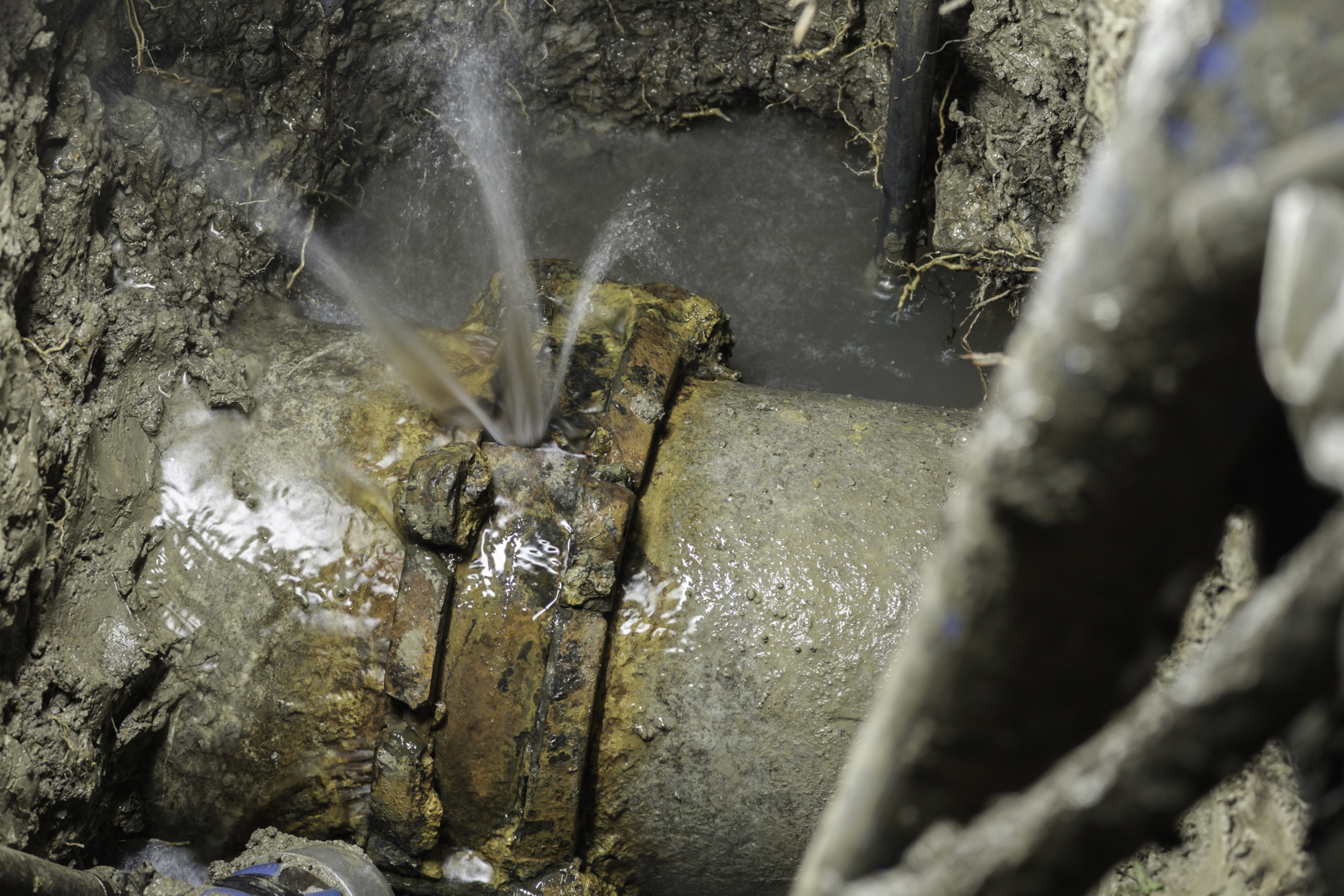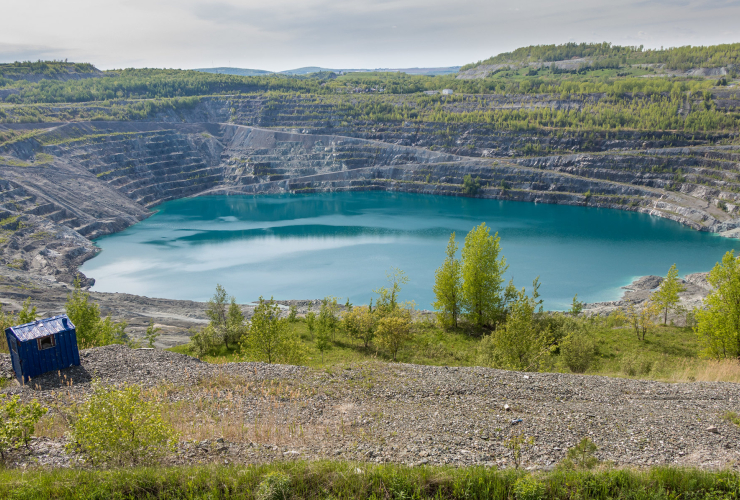On Nov. 9, Green Party Leader Elizabeth May tabled a parliamentary petition on an issue few Canadians are even aware of — asbestos cement pipes.
Canadians deserve to know a lot more about how water is delivered to homes, schools and businesses across the country. National Research Council studies state that as these aging pipes deteriorate, they shed asbestos fibres into the water, and this comes with cancer risks.
Asbestos is not regulated in Canadian water, so very few municipalities test for asbestos, even as the pipes break more and more frequently.
Not so, south of the border.
Following two decades of study, in 1992, the United States Environmental Protection Agency regulated asbestos in American drinking water. It established a maximum contaminant level of seven million fibres per litre of water. The present-day American Cancer Society website warns of the hazards of “swallowing asbestos” and “water that flows through asbestos cement water pipes.”
Canada regulates and protects workers from inhaling asbestos because it causes cancer but so far, Health Canada denies carcinogenicity of waterborne asbestos. How can swallowing asbestos from old water pipes cause cancer in Americans and not Canadians?
The Canadian study that states chrysotile asbestos fibres from the old pipes can pose a hazard of cancer originated from a $30-million National Research Council centre in Regina. The Saskatchewan capital was referred to as a “living laboratory” because it had 600 kilometres of asbestos cement water pipes. The NRC’s “Centre for Sustainable Infrastructure Research” quietly closed its doors years ago, without warning the public of the potential danger.
Health Canada says its 10 studies of asbestos cement pipes and drinking water are not relevant to health because they focused on infrastructure. True, our world-class federal government scientists addressed “exposure” to a carcinogen; now it is up to Health Canada to fill the scientific gap, linking it to health.
So, Health Canada is now revisiting its 1989 decision not to regulate asbestos in water. Much has changed over a third of a century, including research showing that asbestos migrates throughout the body, appearing, for example, in urine and in liver bile duct tumours. This reassessment could take up to three years.
Statistics Canada is carrying out an inventory of asbestos cement water pipes in the country. That inventory is expected to be complete by the end of 2024. As May pointed out, these measures need to be expedited. Many, if not all, parliamentarians are serving constituents who drink water from asbestos cement pipes.
Very few Canadians are aware of the issue of aging, deteriorating and breaking asbestos cement water pipes, but that is changing. So is the world view on the possible dangers of ingested asbestos.
Asbestos needs to be regulated in Canadian water, just like a wide variety of other cancer-causing substances. It’s time the country that once exported 40 per cent of the world’s chrysotile asbestos got on board.
As board chair with Prevent Cancer Now, Meg Sears champions healthy, sustainable choices by individuals, and on behalf of the public, by governments — choices based on rigorous science via laws, policy and regulation.
Health Canada was there to
Health Canada was there to protect us. Now it's role seems to be protect business or bafflegab the public with obfuscation. Every party has allowed its budget to be cut, replace health pros with bean counters as that is way to reduce regulations and encourage business at our health expense.
As a senior I know I am a body with millions of micro plastic bits in every part. What makes asbestos fibers different? Perhaps just easier for Health Canada to ignore. Likely have my share of forever chemicals as well.
I was Sr. Infrastructure
I was Sr. Infrastructure Engineer for Calgary Waterworks for 20 years. We have 67 km of AC (asbestos cement) water pipes. There was a big hope for them in the early 70s, as pipes that would never rust (and in fact, these 50-year-old pipes have been pretty reliable), but Calgary stopped after a few years, whereas some cities really put in a lot, and got stuck with the inventory.
I don't even recall a story of a Calgary AC main having to be replaced because of contamination; certainly not in my time. There's a routine testing program, but you have to test at the customer's tap, see if the main on their street is "shedding" asbestos particles. So the biggest pain is getting people to let you in; the utility welcomes people calling to come get a test and be reassured.
Nearly all of the AC pipes in Calgary are the three blocks around Lake Bonavista, and the southern 3/4 of Parkland. Call 311 and ask for your tap to be tested. They'll thank you for the opportunity.






Comments